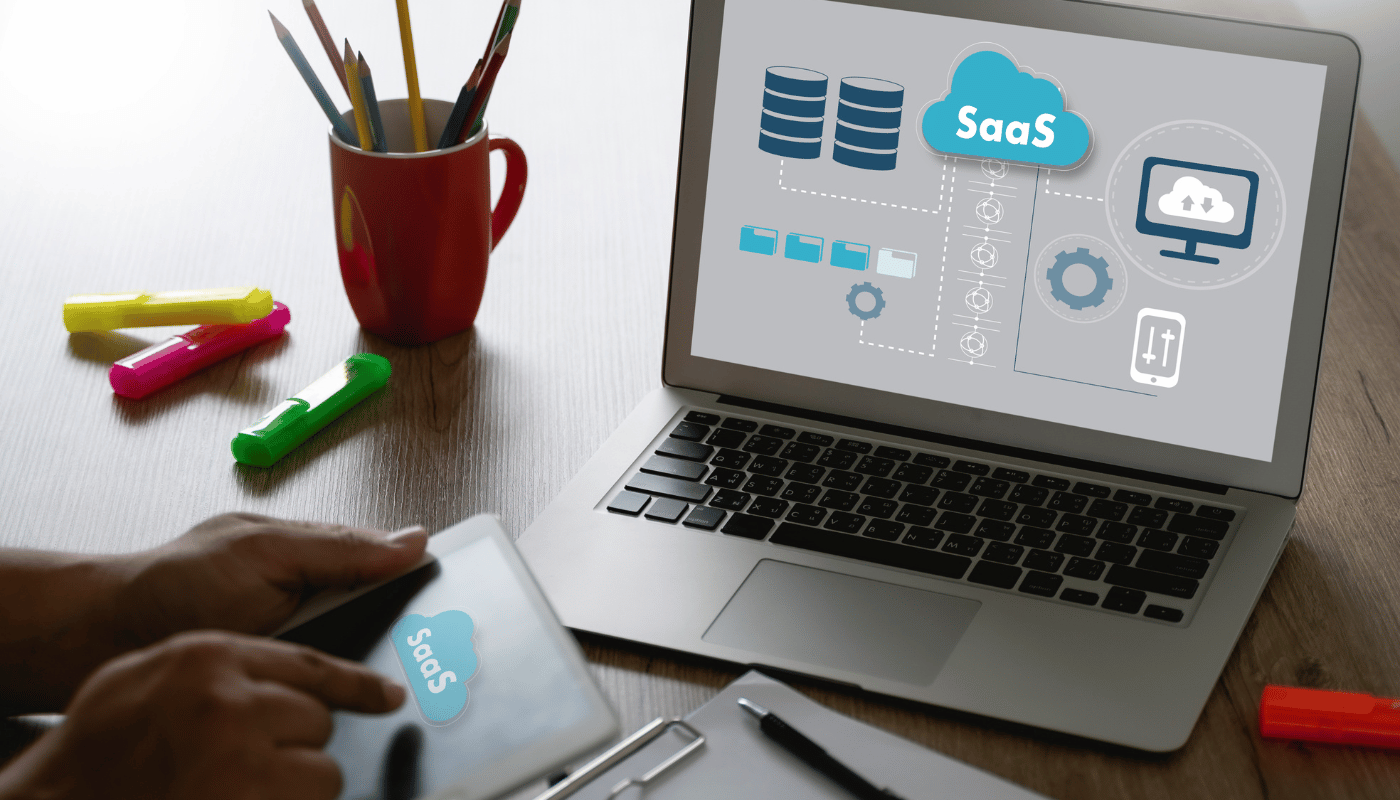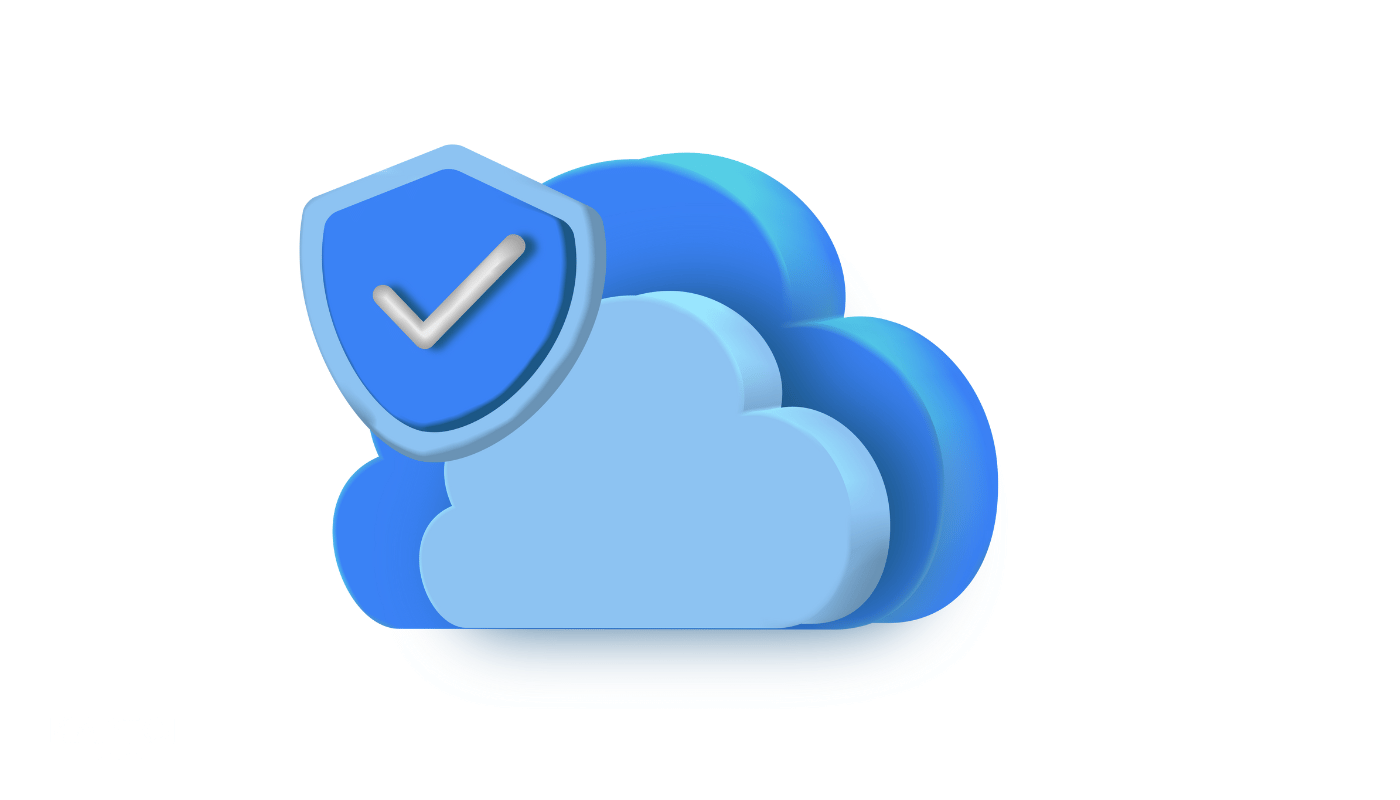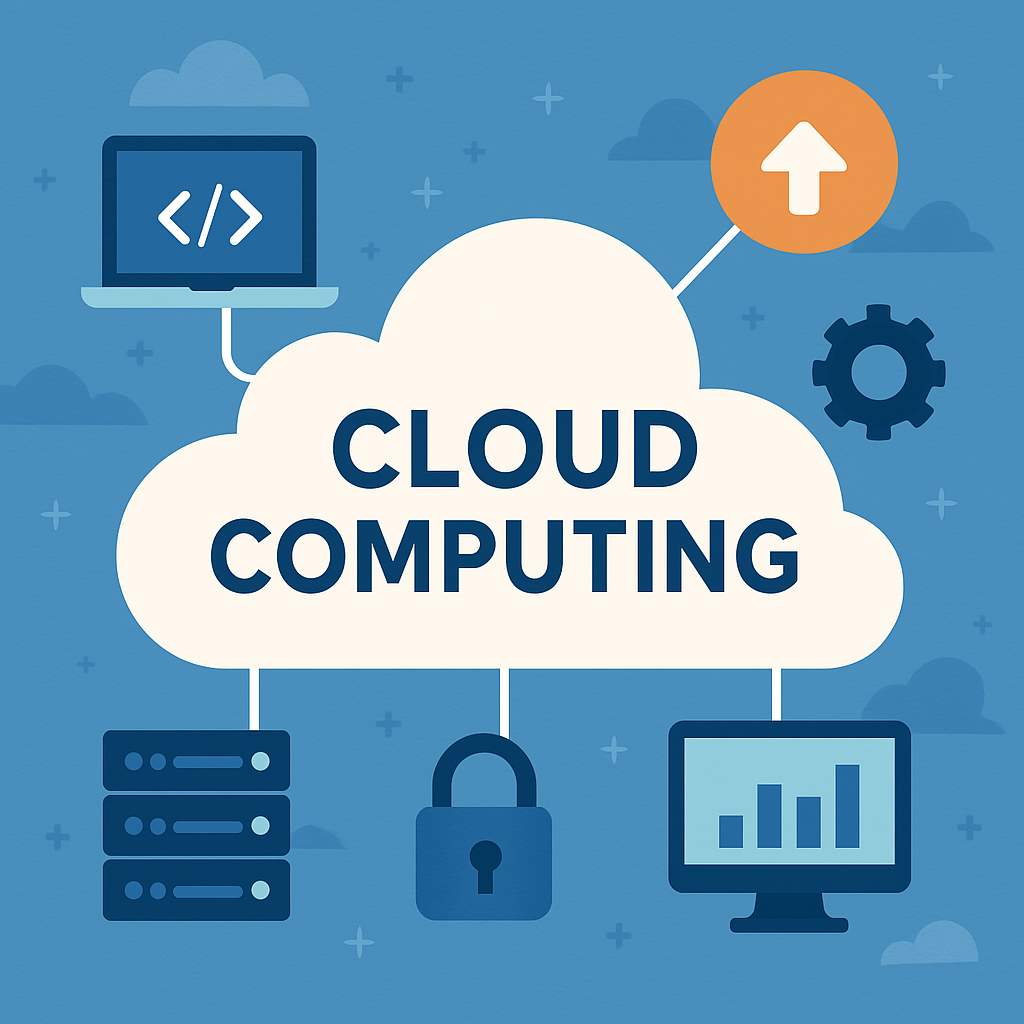How Does Cloud Computing Work
Cloud Computing - How Does It Work?

In today’s digital-first world, cloud computing has become more than just a buzzword—it’s a cornerstone of modern technology infrastructure.
From the apps on your smartphone to the tools businesses use daily, cloud computing powers much of what we now take for granted.
But what exactly is it?
How does it work behind the scenes?
And why has it become such a transformative force in technology?
Let’s dive into the nuts and bolts of cloud computing, break down how it works, and explore why it’s revolutionizing the way individuals and organizations use technology.
Understanding the Cloud: What Is Cloud Computing?
At its core, cloud computing refers to the delivery of computing services—like servers, storage, databases, networking, software, and analytics—over the internet (“the cloud”). Instead of owning physical hardware or maintaining your own data centers, cloud computing allows you to access computing resources on-demand, much like you access electricity from a power grid.
Think of it this way: When you write a document on your laptop, it’s traditionally stored on your local hard drive.
But with cloud computing, that document can be stored on remote servers owned by companies like Amazon Web Services (AWS), Microsoft Azure, or Google Cloud, and you can access it anytime, anywhere via the internet.
A Familiar Interface, a Remote Foundation
From a user’s perspective, cloud computing may feel exactly like using a regular PC. You still have a desktop interface, open applications, create documents, and manage files. But under the hood, something very different is happening.
Your software, databases, and files are not stored on your device. Instead, they live on remote servers in secure data centres. These servers are managed and maintained by cloud providers. You interact with them through your internet connection.
For example, when you use Google Docs or Microsoft 365:
- The application runs in your web browser.
- The document you’re working on is stored in Google’s or Microsoft’s cloud.
- All the changes you make are saved to these remote servers in real time.
This setup means your data is no longer tied to a single device—it's accessible from anywhere, anytime, on any internet-connected device.
The Key Components of Cloud Computing
To understand how cloud computing works, it helps to break it down into three core components:
1. Frontend (Client Side)
This is what the user sees and interacts with. It includes:
- Web browsers or apps used to access cloud services.
- User devices like laptops, smartphones, or tablets.
The frontend is your gateway to the cloud—it sends input to the backend and displays the output to you.
2. Backend (Cloud Infrastructure)
The backend is where the magic happens. It includes:
- Servers: Powerful computers that handle processing, storage, and networking.
- Databases: Store and manage data.
- Software: Provides services and functionality.
- Virtual machines and containers: Enable flexible, scalable environments for running apps.
All of these components are hosted in data centers around the world.
They are managed by cloud service providers and operate silently in the background to process your requests.
3. Network (Internet Connectivity)
The internet is the bridge between the frontend and backend. It allows data to move between your device and the cloud infrastructure.
Without reliable connectivity, cloud computing wouldn’t be possible.

Types of Cloud Services: IaaS, PaaS, and SaaS
Cloud computing offers different service models to suit various needs:
1. Infrastructure as a Service (IaaS)
IaaS gives users access to fundamental computing resources—like virtual machines, storage, and networking—over the internet.
Example: Amazon Web Services (AWS), Microsoft Azure, Google Cloud Platform (GCP).
Use case: A startup wants to host a website without buying physical servers. They rent virtual servers from AWS instead.
2. Platform as a Service (PaaS)
PaaS provides a platform that lets developers build, test, and deploy applications without managing the underlying infrastructure.
Example: Heroku, Google App Engine.
Use case: A software developer builds a mobile app and deploys it using PaaS without worrying about server management or database configuration.
3. Software as a Service (SaaS)
SaaS delivers software applications over the internet, typically through a subscription model.
Example: Google Workspace, Dropbox, Zoom, Salesforce.
Use case: A business uses Salesforce to manage its customer data without installing any software on its local computers.
How Does Cloud Computing Actually Work?
Let’s walk through a practical scenario to illustrate how cloud computing operates:
Step 1: User Access
You open a cloud-based app like Google Sheets in your browser.
This is your frontend—a familiar, user-friendly interface.
Step 2: Request is Sent
When you create a new spreadsheet, your browser sends a request over the internet to the Google Cloud servers.
Step 3: Backend Processing
The request hits Google’s data center, where servers process the request and allocate resources.
A virtual machine may be used to handle your session.
Step 4: Data Storage
The spreadsheet data is stored on distributed databases across multiple physical servers.
Redundancy is built in—so even if one server fails, your data is safe.
Step 5: Output Delivery
The backend sends a response (e.g., your new spreadsheet) back to your browser, where you see and interact with it in real time.
This whole process happens in milliseconds, giving you the feel of working on your local machine, even though everything is happening remotely.
Virtualization: The Backbone of the Cloud
A key technology enabling cloud computing is virtualization.
It allows physical hardware to be divided into multiple virtual machines (VMs), each acting like a separate computer with its own operating system and applications.
This means one physical server can run multiple virtual servers, maximizing efficiency and resource utilization.
It also allows cloud providers to easily scale up or down based on user demand.
Scalability and Flexibility
One of the biggest advantages of cloud computing is its scalability. Need more storage or computing power?
You can upgrade instantly without any new hardware.
For businesses, this means:
- Lower upfront costs (no need to buy servers).
- Pay-as-you-go pricing (only pay for what you use).
- Automatic updates and maintenance handled by the provider.
- Quick deployment of new services and applications.
Data Security and Redundancy
Security is a critical concern, and cloud providers invest heavily in:
- Encryption (for data in transit and at rest).
- Firewalls and access control.
- Continuous monitoring and threat detection.
Redundancy is also a key feature.
Cloud data is often replicated across multiple data centers.
So, if a server in one region fails, a backup can take over, ensuring minimal downtime.
Public, Private, and Hybrid Clouds
There are several types of cloud environments:
Public Cloud
- Operated by third-party providers.
- Shared infrastructure.
- Scalable and cost-effective.
- Ideal for startups and SMBs.
Private Cloud
- Dedicated to one organization.
- More control and customization.
- Used by large enterprises or regulated industries.
Hybrid Cloud
- Combines public and private clouds.
- Allows data and applications to move between environments.
- Offers a balance of flexibility and security.
Everyday Examples of Cloud Computing
You may not realize it, but you already use cloud computing in your daily life:
- Streaming music on Spotify
- Watching movies on Netflix
- Backing up photos to iCloud or Google Photos
- Collaborating in Google Docs
- Using Dropbox or OneDrive to store files
Businesses use the cloud for:
- Hosting websites and apps
- Running CRMs and ERPs
- Analyzing big data
- Managing customer support through AI chatbots
Challenges and Considerations
While cloud computing offers many benefits, it’s not without challenges:
- Downtime: Internet outages can disrupt access.
- Security risks: Data breaches, if security measures fail.
- Vendor lock-in: Hard to switch providers once deeply integrated.
- Compliance: Businesses must ensure cloud services meet industry regulations (e.g., GDPR, HIPAA).
Smart planning, reliable providers, and strong governance policies can help overcome these hurdles.
Final Thoughts: The Future of Computing Is in the Cloud
Cloud computing has fundamentally changed the way we use and think about technology. It takes the burden of infrastructure off individuals and businesses and enables a more flexible, scalable, and efficient way to work, collaborate, and innovate.
As internet speeds increase, 5G rolls out, and edge computing becomes more mainstream, the cloud will continue to evolve—bringing computing even closer to the end-user while reducing latency and increasing reliability.
Whether you’re an everyday user storing photos or a business running global applications, the cloud makes it possible to do more, faster, and from anywhere in the world.




Retail Computer Services P/L
2 James Cook Drive, Diamond Creek Victoria 3089, Australia
Powered by the Kaptol Group
